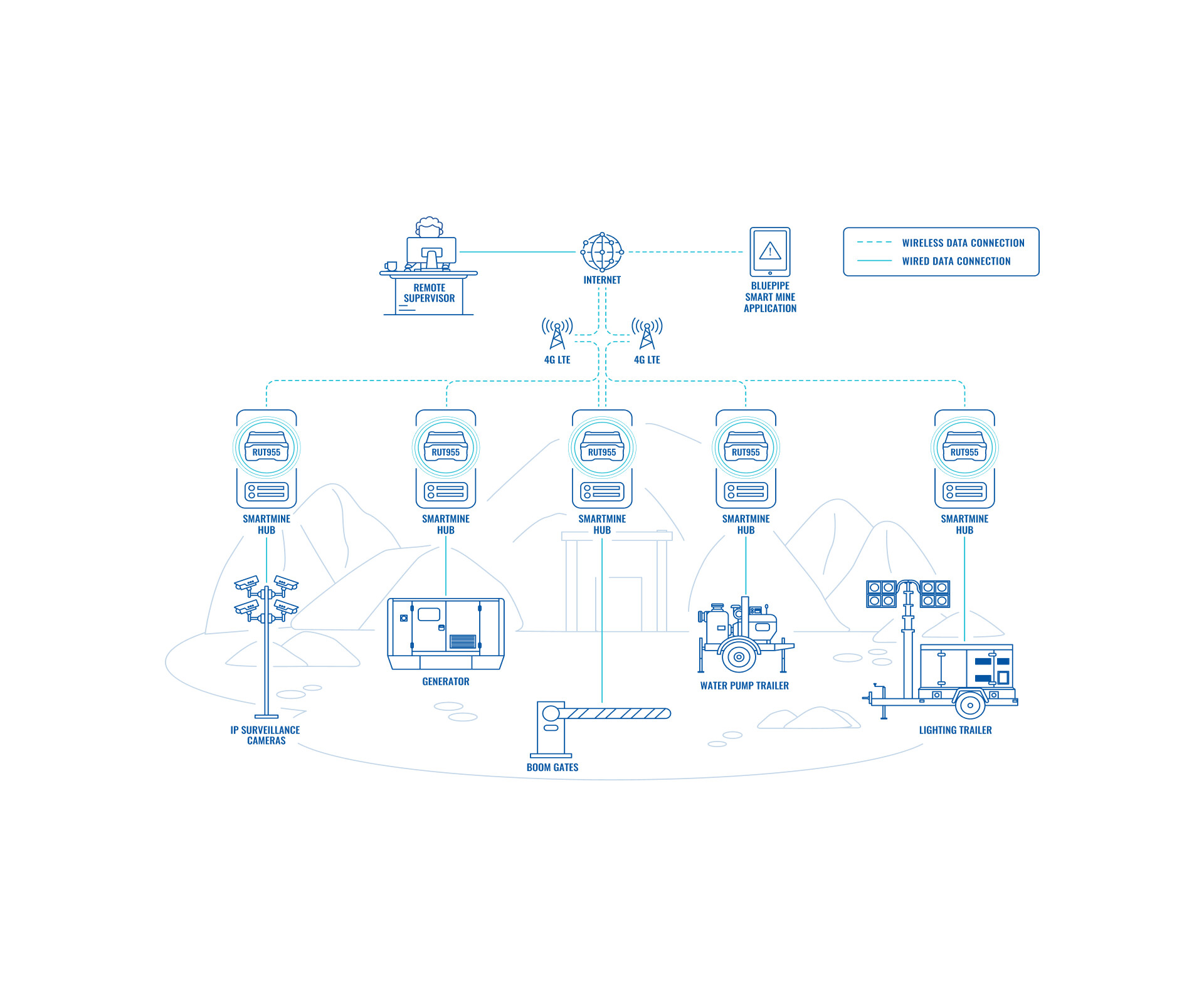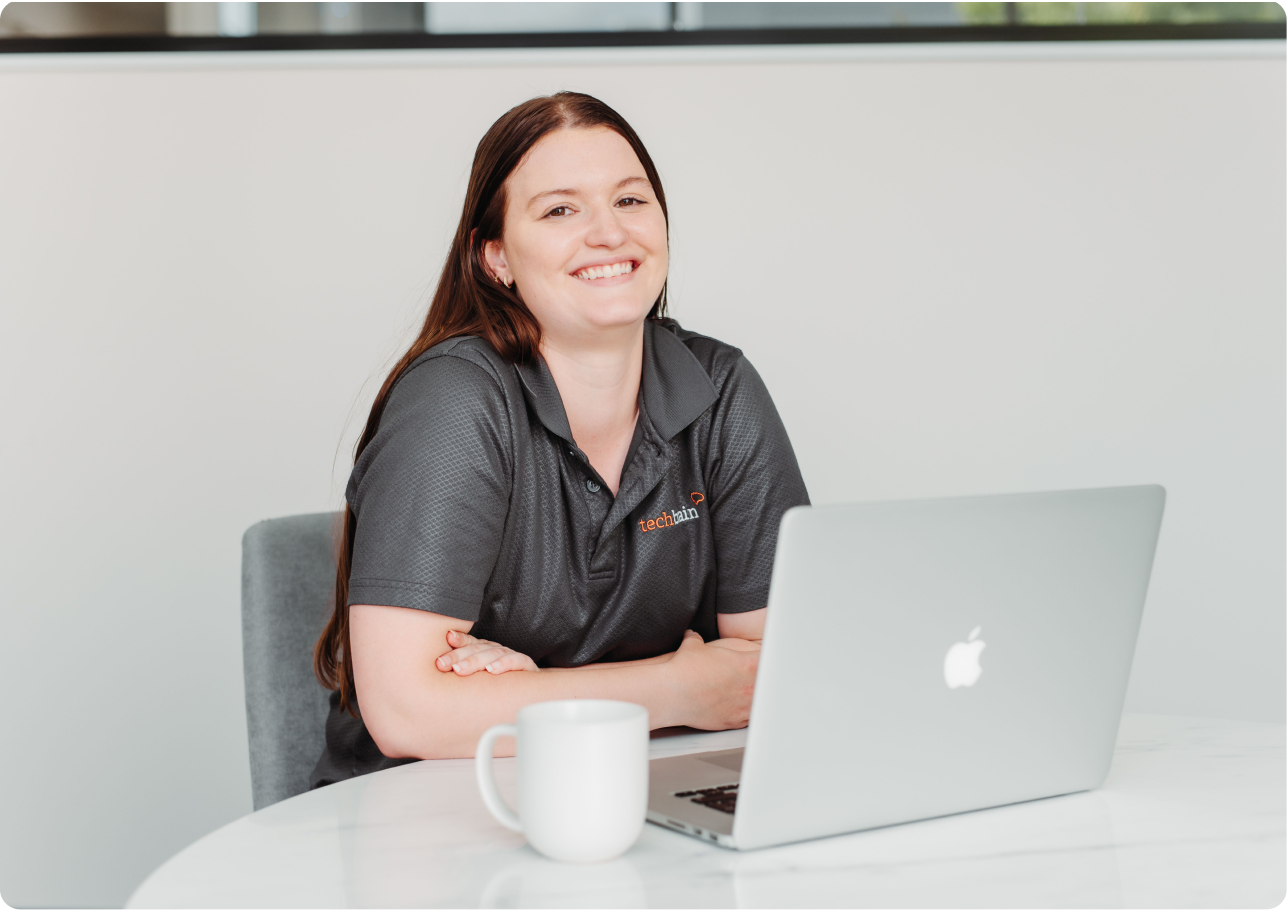Australis Oil & Gas Seamlessly Transition Their IoT System

About Australis
Australis Oil & Gas Limited is a locally owned public listed company engaged in oil and gas exploration, development and production in the United States. The company operates in Australia, the United States and is administered by its head office in Perth, Western Australia.
Through two acquisitions completed in 2016 and 2017, Australis has accumulated a strategic position within one of the last emerging oil shale basins onshore in the USA.
Australis has become the largest acreage holder in the production defined core area of the Tuscaloosa Marine Shale (TMS), onshore Louisiana and Mississippi.
Australis holds over 98,000 net acres in the oil rich TMS core.

Replacing legacy systems
Australis faced a substantial challenge related to their technology infrastructure. They were utilising Cradlepoint, an industrial IoT router, to transmit data back to their main office through Cradlepoint’s cloud VPN. This system was integral to their operations, allowing seamless communication and data transfer between their remote locations and headquarters.
However, in 2023, Cradlepoint announced that the VPN function would be discontinued, leaving Australis Oil in a precarious situation. Cradlepoint did not offer an alternative device with the same functionality at the same price point.
Although an alternative was available, it came at a significant cost, posing a financial and operational challenge for Australis. This unexpected change forced the company to reevaluate their technology strategy, potentially impacting their efficiency and bottom line.

Seamless remote setup & on-site execution
The solution involved an extensive collaboration between in-house technicians and managers, spending over 20+ hours to identify the right approach.
TechBrain, acting in a vCIO role, provided vendor management services on a project basis, extending the existing MSP agreement. The team shopped around and conducted extensive testing to ensure the right fit. They needed to manage all the data back to the Houston office and a server back in the cloud, requiring 3x simultaneous connections at once.
They landed on the Teltonika routers, specifically the RUTX-11, for its ability to handle sim cards and GPS monitoring. The router cost point was $350 per device, which was a quarter of the previous device’s upfront cost and inclusive of service, the old cost per IoT device was reduced from $165 to $3 USD per month.
The whole project was executed remotely and shipped to the site. The instructions provided were easy to follow, allowing the company staff on-site to finalise the setup. This approach not only ensured a cost-effective solution but also demonstrated efficiency and adaptability in meeting the specific needs of the project.

Improved scale, lower costs, happy client
The outcome was marked by the successful implementation of Teltonika routers, facilitated by the collaboration between various in-house teams and TechBrain. This reflected a well-thought-out strategy and execution that was both efficient and effective.
‘Even with the time difference of 13 hours between Western Australia and Central United States, the Techbrain engineer made himself available while he assisted the Australis field team install the devices in the field during US work hours. The deployment of the new devices was quick and seamless as all the effort was front loaded while configuring the devices and the downtime from the device swap out was minimal.’
The project adopted a credit-based system, allowing payment in the movement of data, which offered significant scalability. This approach enabled quick additions of devices and configurations, often within an hour, and improved restoration and scalability times, reducing the setup and configuration time from half a day to just a few hours.
The result being Australis was set up with an affordable but efficient IoT solution within the short time frame and a solution that is easily scalable thanks to the TechBrain team!
TechBrain showcased remarkable agility and dedication, configuring and deploying the new system swiftly with minimal downtime.
Thanks to their efforts, we now have a scalable solution that retains our existing infrastructure while reducing both hardware and licence subscription costs.